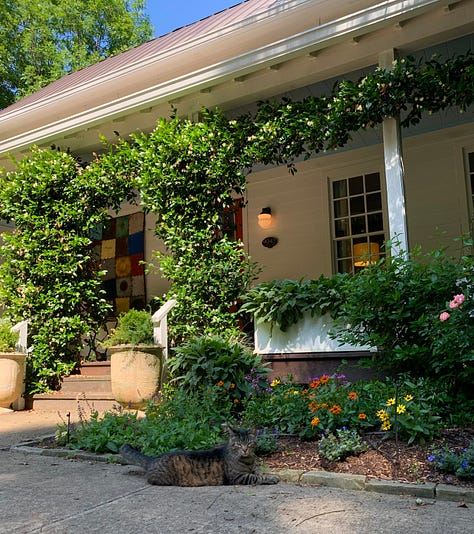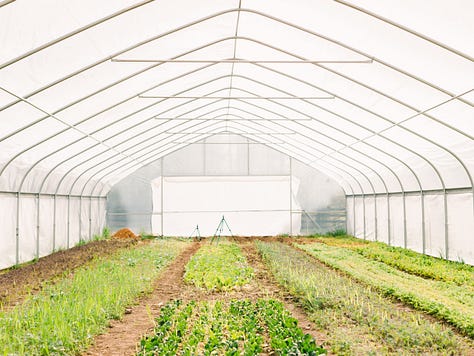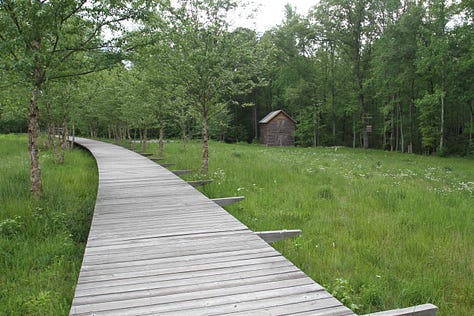Biophilia, a term popularized by Harvard biologist E.O. Wilson in 1984, is the idea that humans have an innate tendency to seek connection with nature. After all, humans lived immersed in the natural world for hundreds of thousands of years. It just makes sense that modern humans have retained this genetic preference for dwelling amid the shapes, colors, sounds, and fragrances of nature. There’s an instinctive bond between human beings and all other living systems.
We simply do better when we live this way.
Scientific studies have consistently shown that environments rich in natural elements can reduce stress, enhance cognitive function, foster emotional resilience, and improve physical health. In fact, Richard Louv and Dr. Howard Frumkin have asserted, “increasingly the evidence suggests that people benefit so much from contact with nature that land conservation can now be viewed as a public health strategy.”
In short, we thrive when we live and work in environments that reflect the natural world. Biophilic design aims to tap into this connection by intentionally incorporating nature into the built environment and community systems.



The biophilic principles I’ve outlined below offer a framework for designing communities that reflect this natural affinity. These principles work together to foster both environmental sustainability and human flourishing. When applied thoughtfully, they can help create places that are resilient, regenerative, and deeply nourishing for all who live there.
The Twelve Biophilic Principles for Community Design
Land Use: Encouraging development patterns that preserve natural ecosystems and promote compact, nature-integrated growth.
Green Infrastructure: Utilizing natural systems like green roofs, rain gardens, bioswales and daylighted waterways to manage stormwater, cool urban heat, and improve air quality.
Water: Protecting and celebrating water as a vital, life-giving element in both practical infrastructure and public space design.
Wastewater Management: Designing closed-loop systems that treat waste as a resource and mimic ecological processes.
Energy: Harnessing renewable energy sources and prioritizing energy efficiency in ways that reduce environmental impact and increase resilience.
Community Engagement: Involving residents in planning and stewardship to foster a sense of ownership, inclusion, and connection to place.
Structures: Designing buildings that integrate natural materials, daylight, ventilation, and views of nature to support health and productivity.
Transportation: Promoting walkable, bikeable, and transit-oriented systems that reduce reliance on cars and enhance the human experience of movement through space.
Tax Base: Encouraging economic policies that support sustainable land use and invest in nature-based community assets.
Economic Development: Supporting local, regenerative economies that value ecological health and long-term well-being over short-term gain.
Food Systems: Creating access to fresh, locally grown food through community gardens, urban farms, and regional agriculture.
Education: Embedding nature-based learning into schools and public programs to cultivate ecological literacy and lifelong stewardship.
Learn more about how nature enhances human health and gain practical strategies for bringing nature into your home and community in my upcoming book, Start In Your Own Backyard: Transforming Where We Live with Radical Common Sense. Available for pre-order now.
Ready to explore new ideas and transform where you live with radical common sense?






Looking forward to the book launch!